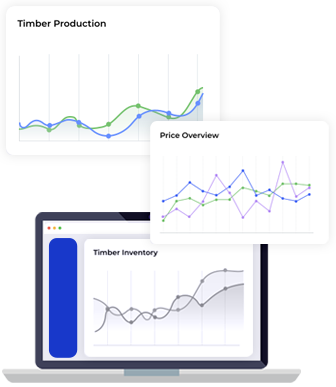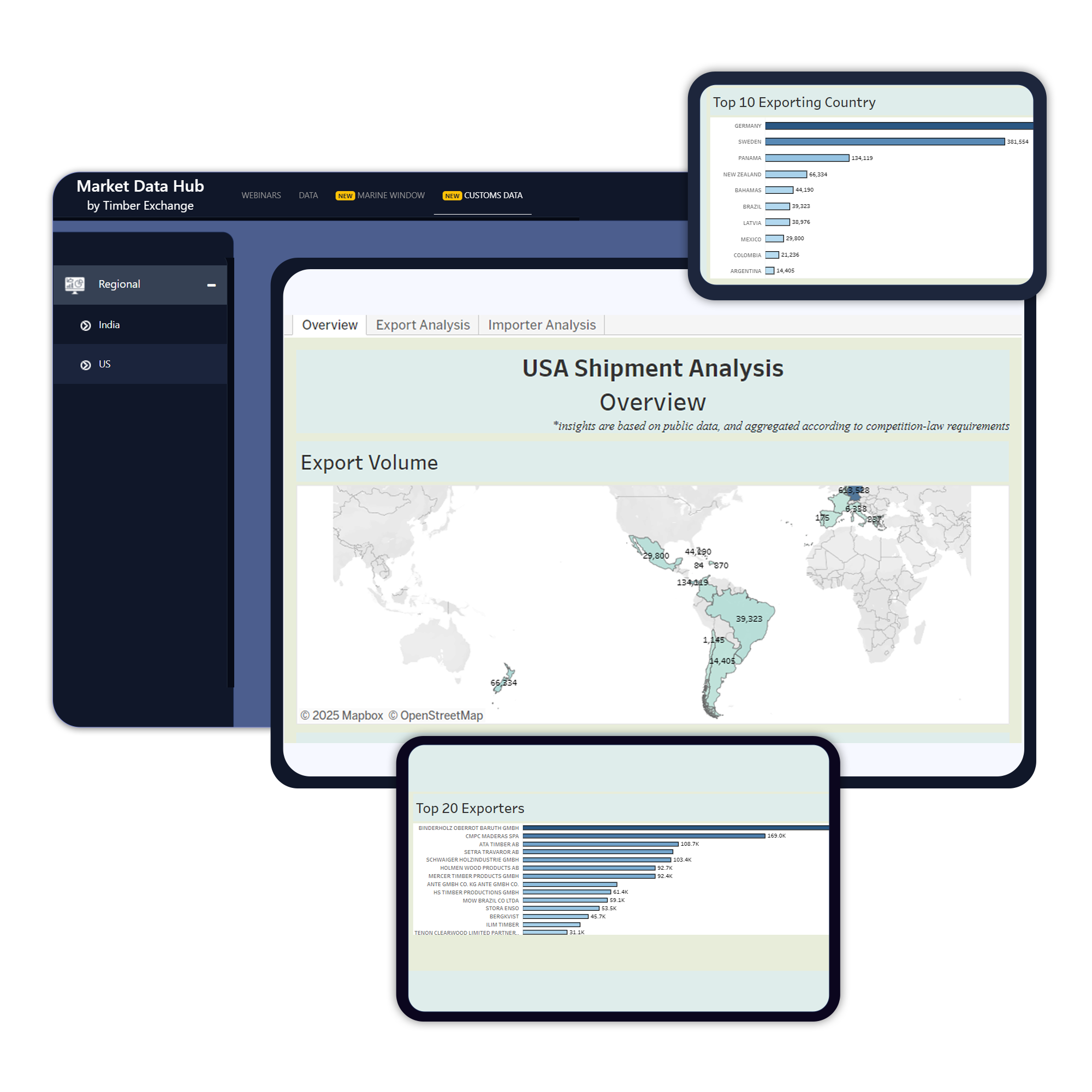
US lumber market sees a 0.3% price dip in late September, 6.2% below 2023's levels
Posted on October 4, 2024 |
The framing lumber composite price dropped by 0.3% for the week ending September 27, now 6.2% lower compared to the same time last year.
Lumber futures prices increased by 4.6%, with an 8% rise over the last month and a 6.6% increase from last year.
Structural panel composite prices decreased by 0.2%, while OSB prices stayed unchanged, Western Fir plywood fell by 0.4%, and Southern Yellow Pine plywood went up by 0.1%.
Canfor Corp. announced the closure of two mills in British Columbia and reductions in the southern U.S. due to weak market conditions and higher U.S. tariffs on Canadian lumber. These closures will reduce production capacity by 670 million board feet annually.
Softwood lumber prices have been unstable due to rising demand, higher tariffs, supply chain issues, and limited domestic production.
The National Association of Home Builders (NAHB) has proposed solutions, including negotiating lower tariffs with Canada and increasing domestic lumber production.
NAHB (National Association of Home Builders) also suggests reducing U.S. lumber exports, finding new markets for lumber imports, and opening more federal lands for logging to boost supply.
Softwood lumber, plywood, OSB, and other wood products are essential for home building, with an average single-family home requiring over 15,000 board feet of lumber and large quantities of plywood and OSB.





